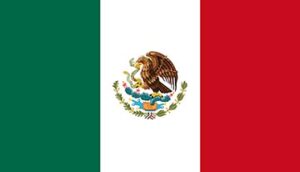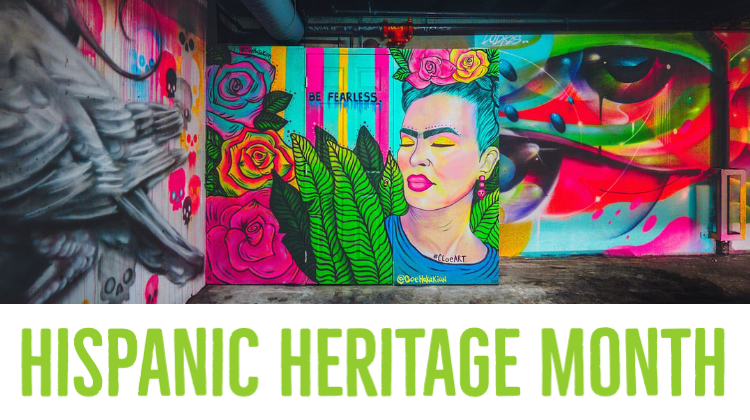National Hispanic Heritage Month is celebrated annually from September 15 to October 15 to honor the histories, cultures, and contributions of those whose ancestors came from Spain, Mexico, the Caribbean and Central and South America.
How it began

In 1968, Congress passed Public Law 90-498 authorizing and requesting the president to issue an annual proclamation designating the week that included the dates of September 15 and 16 as National Hispanic Heritage Week. President Lyndon B. Johnson issued the first proclamation, followed by presidents Nixon, Ford, Carter and Reagan issuing similar proclamations between 1969-1988.
In 1988, Congress passed Public Law 100-402 which amended the original law of 1968 to change the observance from a week-long celebration to a month-long celebration. On September 14, 1989, president George H.W. Bush issued the first proclamation establishing September 15-October 15 as National Hispanic Heritage Month.
The significance of September 15

It was important that Hispanic Heritage Month include the date of September 15 because it is the anniversary of independence for Latin American countries Costa Rica, El Salvador, Guatemala, Honduras and Nicaragua, who claimed independence in 1821. In addition, Mexico and Chile celebrate independence on September 16 and September 18, respectively.
Hispanic vs Latino vs Latinx Heritage Month
As frequently happens, terminology changes over time in an effort to keep up with societal progress. Chances are, you’ve probably seen “Hispanic,” “Latino(a)” or “Latinx” used for this heritage month observance and other situations where these terms are typically used, but which one should we use? This is a hotly debated topic among those who prefer the term “Hispanic” and those who prefer “Latino(a)” or “Latinx.”

The Human Rights Campaign quotes assistant professor Juliana Martinez’s breakdown of the three terms:
- “Hispanic” is the oldest term used to refer to the largest and one of the most diverse growing minorities in the U.S. The word is often associated with the origins of Spanish colonialism in America and can exclude indigenous, Brazilian and other non-Spanish-speaking groups.
- “Latino” is thought to be more inclusive in terms of geography as it doesn’t relate to language and embraces the whole region. However, the androcentric nature of this Spanish-language term, i.e. the use of masculine form as universal, excludes an entire group of identities.
- “Latinx” a newer term that has recently gained popularity among scholars, activists and millennials that is inclusive of gender-expansive and gender non-conforming individuals. Additionally, “Latinx” challenges the binary nature of the Spanish-language term Latino(a). The powerful “X” has opened the door to a variety of identities, and it is also used in the term “Chicanx(o/a)” to highlight the broad indigenous heritage of many groups.
Suggested readings:
Leading with your Heart by Cari Dominguez and Jude Sotherlund
Deported: Immigrant Policing, Disposable Labor and Global Capitalism by Tanya Maria Golash-Boza
Latinos Facing Racism: Discrimination, Resistance, and Endurance by Joe R. Feagin and Jose A. Cobas
Sources:
National Hispanic Heritage Month, Library of Congress
Latinx Heritage Month: More than one word, more than one heritage, Human Rights Campaign
Latinx thoughts: Latinidad with an X, Salvador Vidal-Ortiz & Juliana Martinez

